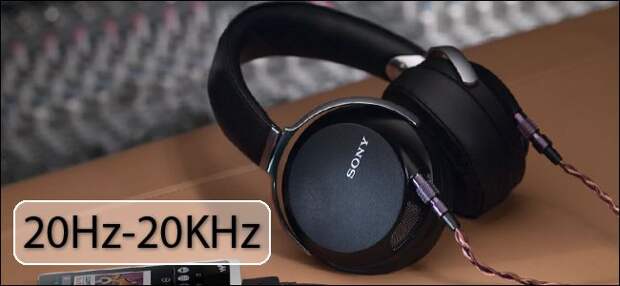Author: Michael Crider / Source: How-To Geek

If you’ve looked at high-end headphones or speakers, you’ve probably noticed numbers on the spec sheet that read something like “20Hz-20KHz.” What do these numbers mean?
For any device that uses a standard speaker driver, the Hz-KHz value is the range of audible sound vibrations that the speaker can produce.
It’s generally labeled as the “frequency response” and expressed in hertz, with kilohertz being a thousand hertz. So the typical frequency response for headphones, twenty hertz to twenty thousand hertz, is quite full indeed. More expensive models can go even higher and lower; the $700 Sony set in the image above has a range of 4Hz-100KHz.| Celebrities Then and Now | |
| |
| Photo gallery of celebrities then and … | |
| Stanton Daily | |
| View Now |
To understand how all this works, you need to know a little about the physics of sound. Sound travels in waves. The distance between the crests (topmost points) of one wave and the next is called the wavelength. Waves with higher frequencies come closer together, and so have shorter wavelengths. Waves with lower frequencies come further apart, and so have longer wavelengths. Hertz are units used to measure frequency. One hertz is defined as one cycle per second. So, a frequency measured at 20 Hz is traveling at 20 cycles (or waves) per second.
Most speakers and headphones convert electrical signals into sound by using a magnetic field to move a flexible diaphragm back and forth very quickly. Those vibrations create the sound waves that travel to our ears.
How quickly those vibrations happen affect the wavelength of the sound waves, and our ears hear those different frequencies as sounds in different ranges.The vibrations that create a sound at 20 hertz are very low—a bass rumble—and have a long wavelength. It’s vibrating the driver twenty times every second. Most…
The post What Does The Hz-KHz Range For Speakers And Headphones Mean? appeared first on FeedBox.